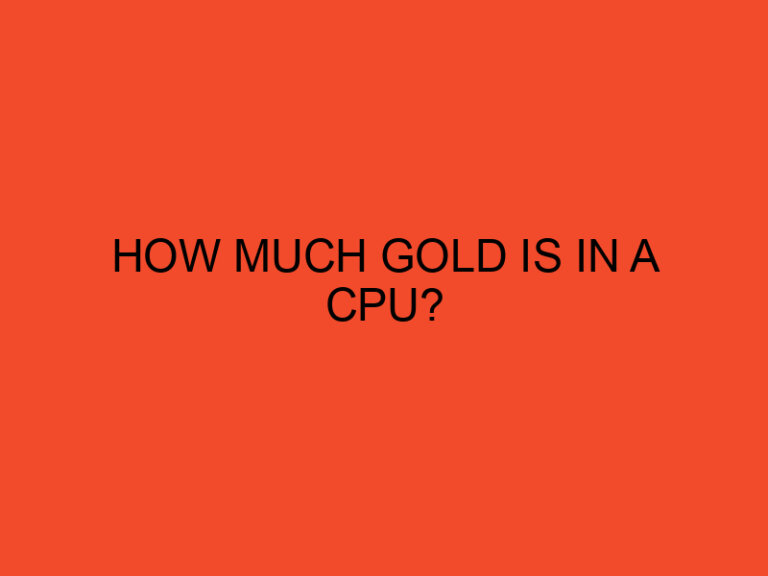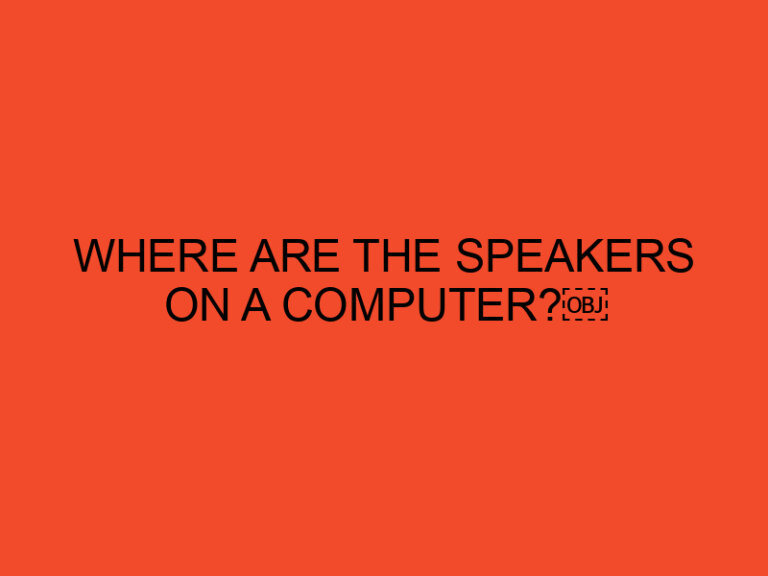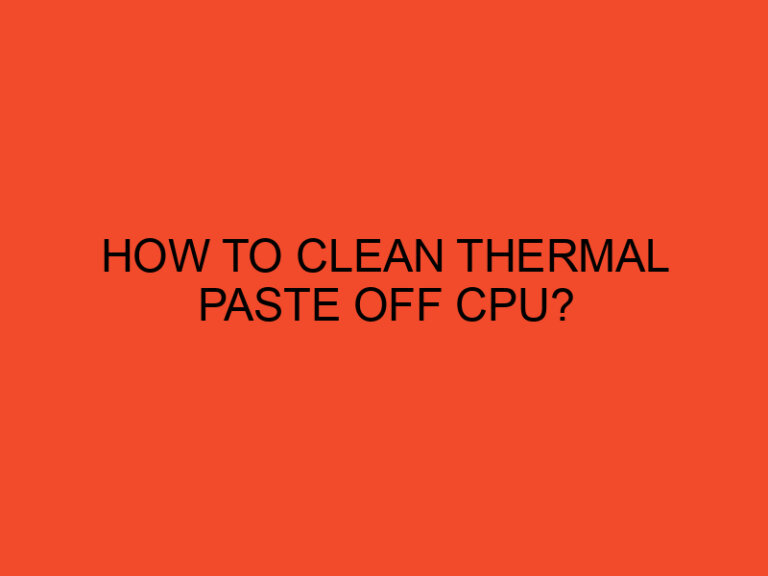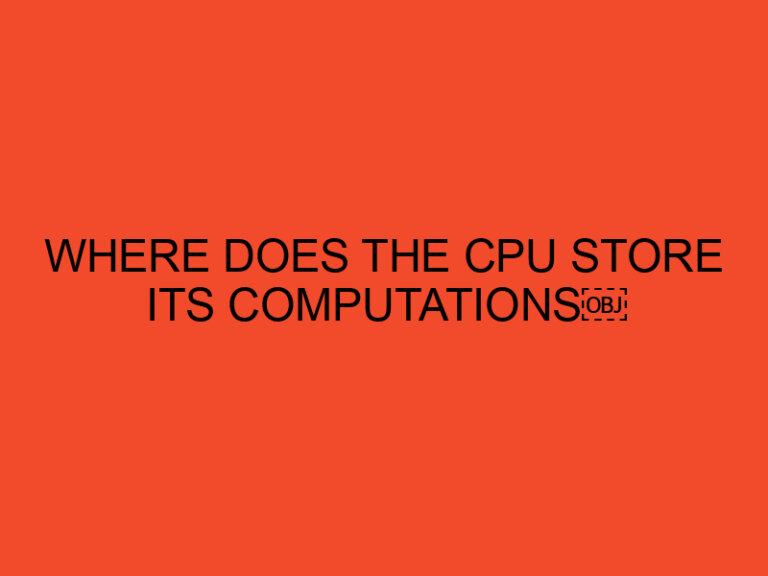Wireless power transfer is an innovative technology that allows the transmission of electrical energy from a power source to a receiving device without the need for physical connections. It eliminates the use of wires, cables, and cords, enabling convenient and efficient charging or powering of electronic devices.
Table of Contents
What is Wireless Power Transfer?
In today’s modern world, we heavily rely on electronic devices for various purposes, such as smartphones, laptops, and wearable gadgets. However, the inconvenience of managing multiple charging cables and the limited availability of power outlets can sometimes be frustrating. Wireless power transfer addresses these issues by providing a seamless and wire-free charging experience.
How Does Wireless Power Transfer Work?
Wireless power transfer operates on the principle of electromagnetic induction or resonant coupling. It involves two essential components: a transmitter and a receiver. The transmitter converts the electrical energy into an electromagnetic field, which is then captured by the receiver. The receiver converts the received electromagnetic field back into electrical energy, which can be used to charge or power the device.
Types of Wireless Power Transfer
There are two primary types of wireless power transfer:
Inductive Coupling
Inductive coupling is the most common method of wireless power transfer. It involves the use of an oscillating magnetic field generated by the transmitter, which induces a voltage in the receiver’s coil. This voltage is then rectified and used to charge the device.
Resonant Coupling
Resonant coupling utilizes the concept of resonance to transfer power wirelessly. Both the transmitter and receiver are tuned to the same frequency, allowing for efficient energy transfer. Resonant coupling offers a longer range and higher power transfer compared to inductive coupling.
Advantages of Wireless Power Transfer
Wireless power transfer offers several advantages over traditional wired charging methods:
- Convenience: Users can charge their devices without the need for physical connections, reducing cable clutter and simplifying the charging process.
- Flexibility: With wireless power transfer, devices can be charged from a distance, enabling greater mobility and flexibility.
- Safety: Wireless charging eliminates the risk of electrical shocks and short circuits caused by damaged cables or connectors.
- Durability: The absence of physical connectors reduces wear and tear on the charging ports of electronic devices, prolonging their lifespan.
Limitations of Wireless Power Transfer
While wireless power transfer has many benefits, it also has some limitations:
- Efficiency: Wireless charging is generally less efficient than wired charging, resulting in slower charging times and energy losses during transmission.
- Range: The range of wireless power transfer is limited, and the charging efficiency decreases as the distance between the transmitter and receiver increases.
- Device Alignment: Proper alignment between the transmitter and receiver is crucial for efficient power transfer. Misalignment or obstacles can significantly reduce charging efficiency.
Applications of Wireless Power Transfer
Wireless power transfer has a wide range of applications in various industries:
- Consumer Electronics: Smartphones, tablets, smartwatches, and wireless earphones can be charged wirelessly, providing convenience to users.
- Electric Vehicles: Wireless charging technology is being developed for electric vehicles, enabling easy and automated charging without the need for physical connections.
- Medical Devices: Implantable medical devices, such as pacemakers, can be powered wirelessly, eliminating the need for invasive procedures to replace batteries.
- Industrial Automation: Wireless power transfer can be used to charge or power sensors, actuators, and other devices in industrial automation systems, reducing the need for maintenance and manual interventions.
Future Prospects
As wireless power transfer technology continues to evolve, we can expect several advancements in the near future:
- Increased Efficiency: Researchers are working on improving the efficiency of wireless charging systems, reducing energy losses during transmission and enhancing overall charging speeds.
- Extended Range: Efforts are being made to extend the range of wireless power transfer, allowing for charging over longer distances.
- Standardization: The development of industry standards for wireless power transfer will promote compatibility and interoperability among different devices and manufacturers.
- Integration with Infrastructure: Wireless charging infrastructure may be integrated into public spaces, homes, and vehicles, providing ubiquitous access to power.
Conclusion
Wireless power transfer is a transformative technology that has the potential to revolutionize the way we charge and power our electronic devices. With its convenience, flexibility, and safety benefits, it offers a promising future for wireless charging. As research and development continue, we can expect further advancements in efficiency, range, and integration, making wireless power transfer an integral part of our daily lives.
FAQs
Is wireless power transfer safe?
Yes, wireless power transfer is safe. It eliminates the risk of electrical shocks and short circuits caused by damaged cables or connectors.
Can all devices be charged wirelessly?
Not all devices are compatible with wireless charging. Devices need to have built-in wireless charging capabilities or be equipped with wireless charging accessories.
Does wireless charging affect battery life?
Wireless charging does not significantly impact battery life. However, the charging efficiency and speed may vary depending on the device and the wireless charging technology used.
Can wireless power transfer charge multiple devices simultaneously?
Yes, wireless power transfer systems can be designed to charge multiple devices simultaneously by incorporating multiple transmitters and receivers.
Is wireless power transfer energy-efficient?
Wireless charging is generally less efficient than wired charging, but ongoing research aims to improve its efficiency and reduce energy losses during transmission.






